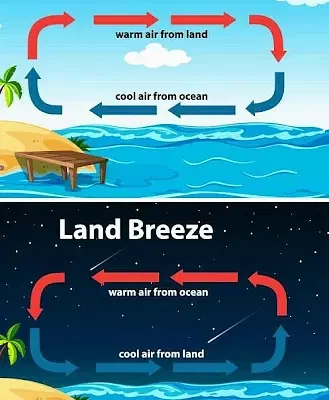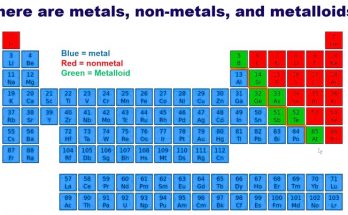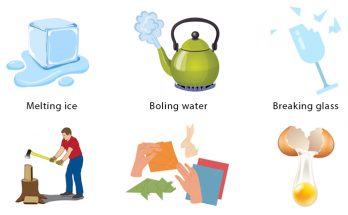Convection and Its Role in Sea Breeze and Land Breeze
- Sea breezes and land breezes are natural phenomena that occur near coastlines due to the process of convection.
- Convection is the transfer of heat through the movement of fluids (such as air or water) caused by differences in temperature.
Also Check – Conduction, Convection, and Radiation- Class 7 Science Explained
Daytime Sea Breeze
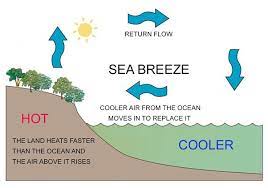
- During the day, the land heats up faster than the adjacent water (sea or ocean). Land absorbs solar radiation more effectively.
- As the land gets hotter, it warms the air just above it.
- Hot air is lighter and less dense, causing it to rise. This rising air creates an area of low pressure over the land.
Movement of Air
- Cooler, denser air from the sea rushes in to replace the rising warm air over the land.
- This movement of air from the sea toward the land is known as a “sea breeze.”
- The incoming sea breeze brings cooler air from the water, providing relief from the daytime heat near the coast.
Nighttime Land Breeze
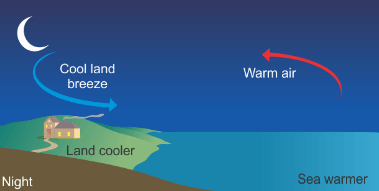
- At night, the land cools down more quickly than the water because it radiates heat into the atmosphere.
- As a result, the air over the land becomes cooler and denser.
- Cooler, denser air is heavier and creates a higher pressure area over the land.
Reversal of Airflow
- The warmer air over the water now moves towards the cooler, higher-pressure land area, forming a “land breeze.”
- This land breeze carries heat away from the land, resulting in cooler nighttime temperatures near the coast.
Point to Remember for Revision
- Convection plays a vital role in the formation of sea breezes and land breezes.
- During the day, the heating of the land causes warm air to rise, drawing in cooler air from the sea, leading to a sea breeze.
- At night, as the land cools faster than the water, the reverse occurs, with cooler, denser air from the land moving towards the warmer sea, forming a land breeze.
- These natural phenomena are important for coastal climates, influencing temperature variations and providing relief from extreme temperatures.
